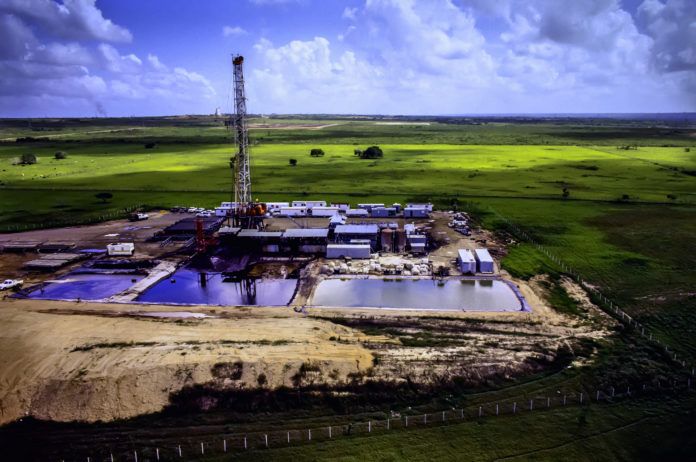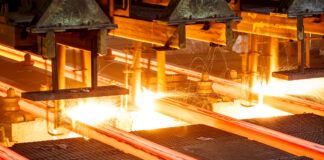The initial optimism that fracking technology would breathe new life into Louisiana’s Austin Chalk shale play has waned a bit in the last year. The first entrant into the play, ConocoPhillips, reported some rather dubious results in July from its exploratory wells in East Feliciana Parish.
The first three of ConocoPhillips’ wells produced more than 90% water and nowhere near enough oil to justify big investments, so the drilling of a planned fourth well was discontinued. While there was speculation that the oil company might probe the overlaying Tuscaloosa Marine Shale (TMS) in the same area, it eventually abandoned the idea and put its 234,000 acres up for sale in September.
That’s probably because TMS is an even riskier proposition, says Eric Smith, interim director of the Tulane Energy Institute in New Orleans. Austin Chalk essentially follows the same path as the TMS south and east across the lower half of the state, although at a shallower depth. “The Tuscaloosa Marine Shale, particularly north of Baton Rouge, isn’t all roses either,” Smith says. “The shale is fairly soft and it coalesces around the proppants. If the cracks don’t stay open, then you can’t get the oil or the gas out of the shale.”
While ConocoPhillips’ dismal results were disappointing, they by no means signal the death knell of the play’s eastern leg, says Kirk Barrrell, president of Amelia Resources LLC in New Orleans. Barrell generates drilling prospects in the onshore U.S., then leverages its data and experience to attract capital partners.
He believes that ConocoPhillips’ hydraulic fracturing process was likely too shallow and that adjustments can be made to make it more successful. “The high oil saturation is in the basal (lower) portion of the Austin Chalk and above that is a lot of water,” he says. “There were a lot of natural fractures, so the fracking forced a connection with the water-bearing section, making it hard to produce the oil.”



